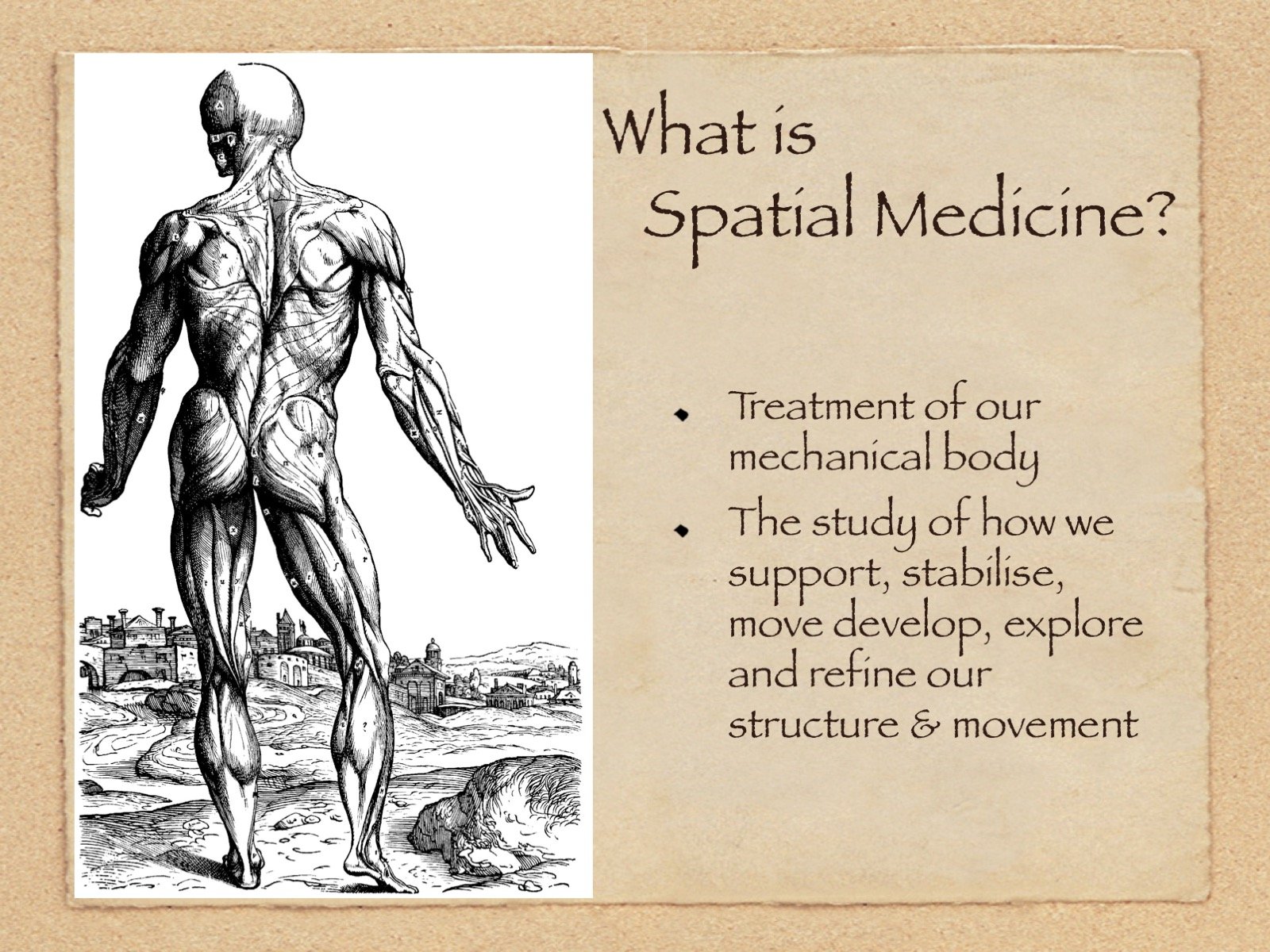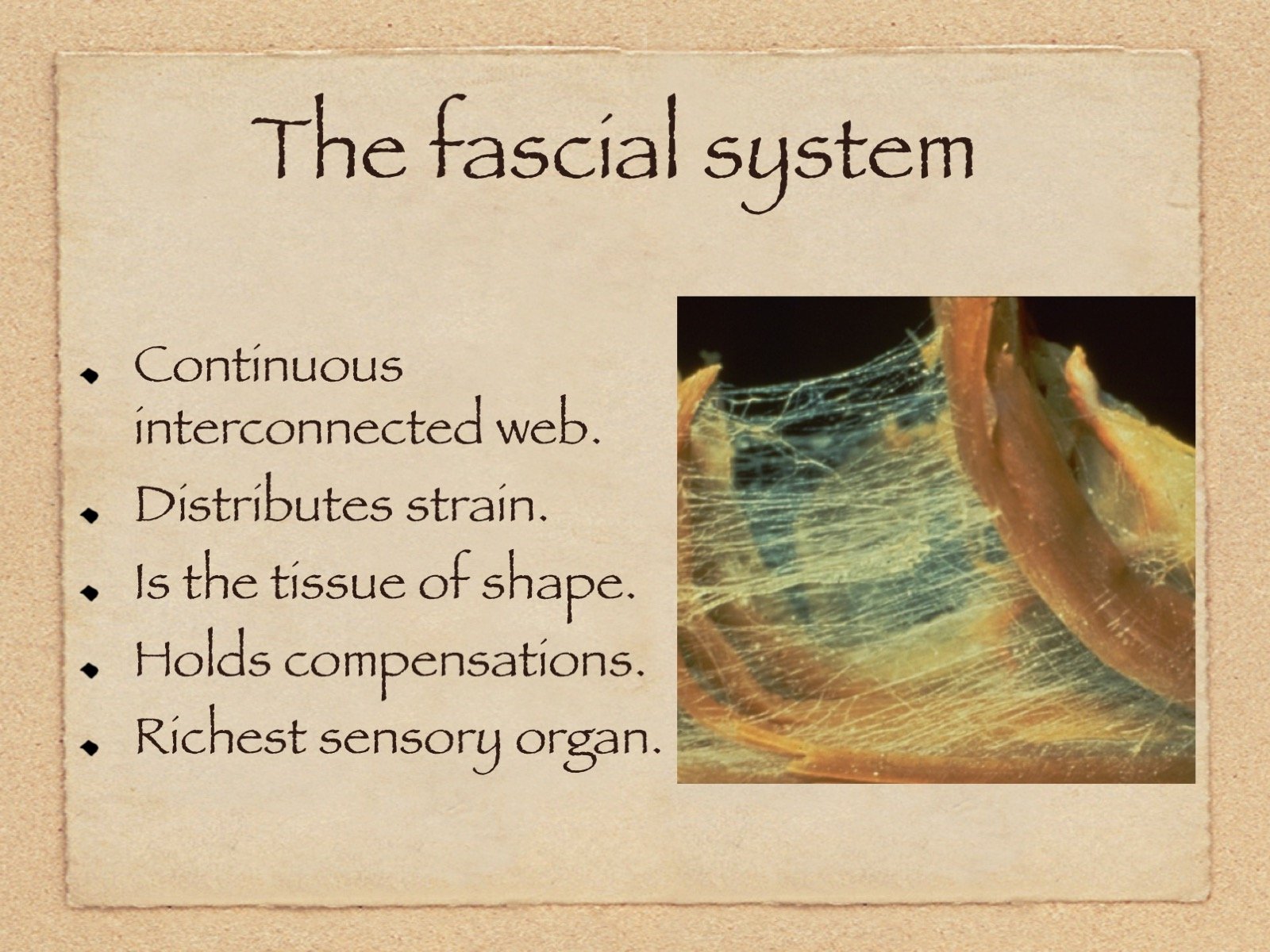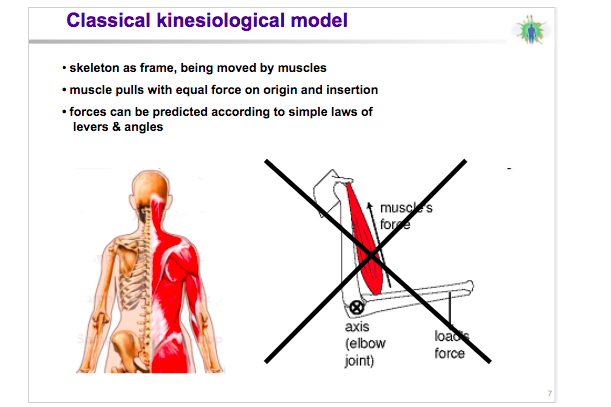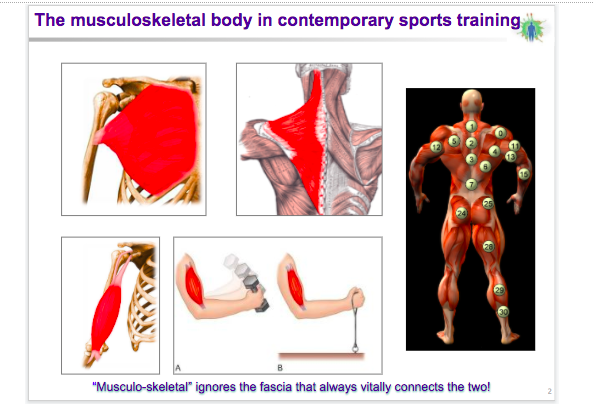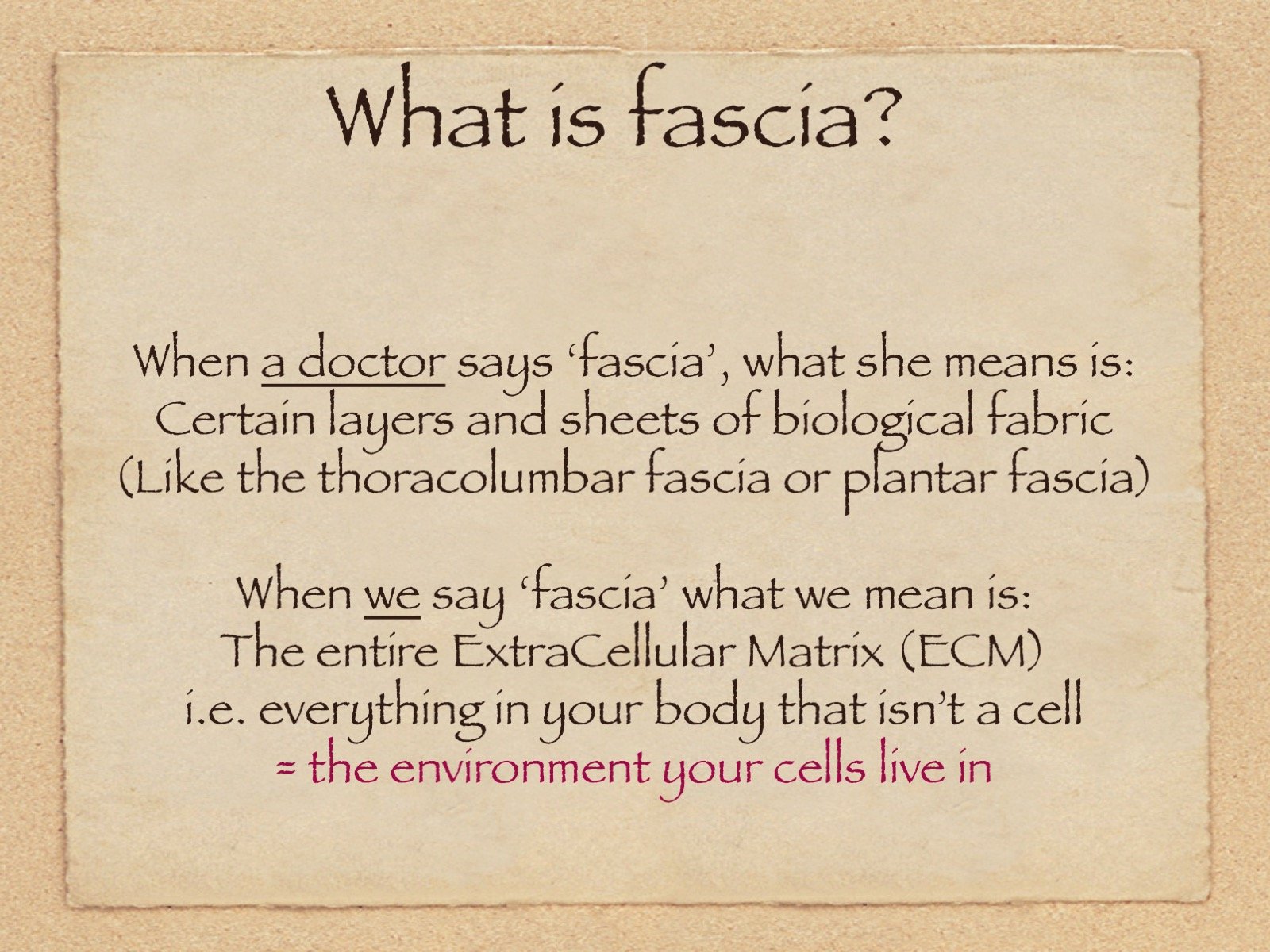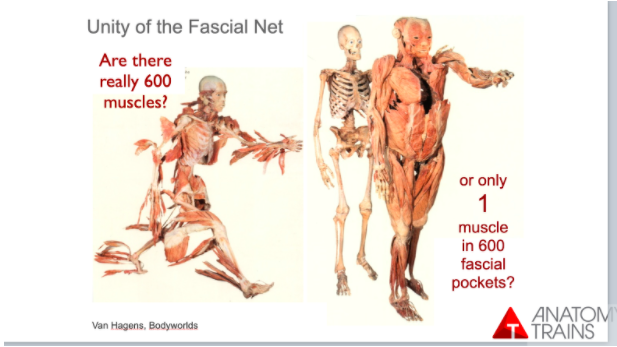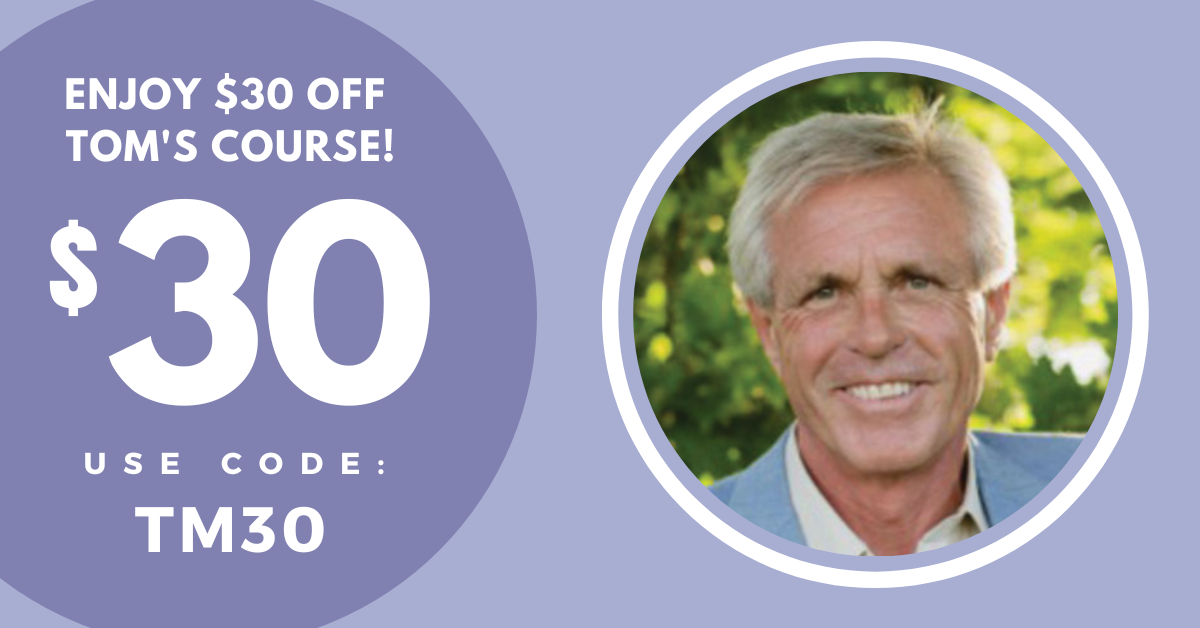Join Tom Myers Online!
Yoga, Fascia and Healthy Aging:
Keys to Keeping the Fascia Youthful and Supple
with Tom Myers
Recordings, Available Now
This course qualifies for 4 CEs with Yoga Alliance.
Catch Our $30 Early Bird Savings!
Use Coupon Code TM30 During Checkout
The fascia - the body’s connective tissue - is increasingly acknowledged to be a vital part of the body, which plays a significant role in our daily and long-term health and well-being.
Previously thought to be an inert ‘wrapping material,’ we now know that the fascia shapes every part of our body. Just as significantly, it constitutes a vital medium for all parts of the body and for the flow of physiological life for every one of our 70 trillion cells.
The fascial web not only connects our whole body, it connects all the branches of medicine, notes renowned fascia expert Tom Myers, author of Anatomy Trains. From fetal life to full growth, from having children and on into menopause (even wrinkles originate in the fascia), the fascial system is intricately involved with our functional health and mobility…
How does the fascia age, and how does this process impact our mobility, aging trajectory, and overall well-being?
Which factors impact how the fascia ages, and how can we work with the fascia in our yoga and movement practices to slow the process and improve the overall trajectory of physical aging?
In this online course, Tom Myers reviews recent research on the fascia as it applies to the aging process. While we cannot stop aging, Tom notes, there are many practical steps we can take to extend what is known as our health span, i.e. the years we retain full functioning and ability to enjoy life to its fullest.
Learn how conscious attention invested in the body – and this can take many forms, not just the obvious one of exercise – can repay handsomely on all levels of being. With the right approach, we can lay the foundation to prevent the gradual loss of mobility and growing stiffness that is the typical hallmark of aging.
Get an in-depth understanding of recent findings on fascia and aging and what they mean for our approach to movement in general and yoga specifically. Also learn the principles for how to target a yoga practice more directly to keeping the fascia resilient, youthful, and flexible.
